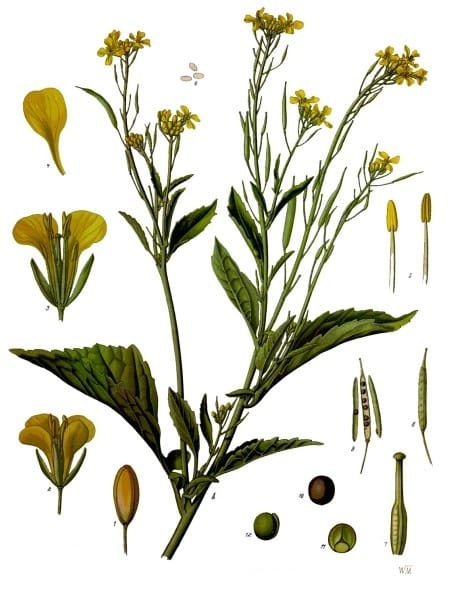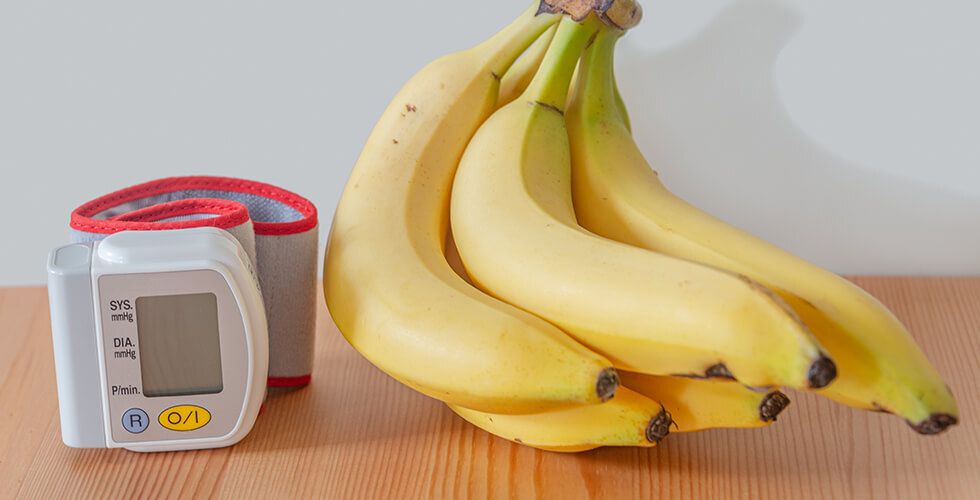Harnessing the Potential of Brassica juncea - Unleashing its Nutritional and Medicinal Properties

Introduction to Brassica juncea
Brassica juncea, commonly referred to as Chinese mustard, is an annual herb native to Asia and cultivated for food and oil. This versatile plant has been a cornerstone of traditional medicine and culinary practices for centuries, offering a plethora of benefits that have yet to be fully realized.
Origin and Cultivation
Native to the Himalayan foothills of India, China, and Nepal, Brassica juncea is a fast-growing, cool-season plant that can be grown for its leaves, flowers, and seeds. Its adaptability to diverse climates and soil types has facilitated its widespread cultivation, with India and China being the largest producers.
Multifaceted Uses
Brassica juncea is a treasure trove of nutritional and medicinal properties, making it an invaluable resource for various applications:
- Leaves: Used in salads, sautéed as a vegetable, and added to soups for their peppery flavor and nutritional value.
- Seeds: Pressed for oil, used as a spice, and employed in traditional medicine.
- Flowers: Utilized as a garnish and in floral arrangements.
Nutritional and Medicinal Properties
Brassica juncea is rich in vitamins A, C, and K, as well as minerals like calcium, iron, and potassium. Its seeds contain a potent compound called allyl isothiocyanate, which has been shown to possess anti-inflammatory and antimicrobial properties. The plant has been traditionally used to treat various ailments, including fever, rheumatism, and digestive issues.
Nutritional Properties of Brassica juncea
Brassica juncea, commonly known as Indian mustard, is a treasure trove of essential vitamins, minerals, and antioxidants, making it a valuable addition to a healthy diet. This section delves into the nutritional properties of Brassica juncea, exploring its richness in vitamins and minerals, as well as the antioxidant and anti-inflammatory properties of its leaves.
Vitamins and Minerals
Brassica juncea is an excellent source of various vitamins and minerals, including:
- Vitamin A, crucial for healthy vision, immune function, and skin health
- Vitamin C, essential for immune function, collagen production, and iron absorption
- Vitamin K, necessary for blood clotting and bone health
- Folate, vital for fetal development during pregnancy
- Minerals like calcium, iron, magnesium, and potassium, essential for maintaining healthy bones, blood flow, and muscle function
Antioxidant and Anti-Inflammatory Properties
The leaves of Brassica juncea contain high levels of antioxidants, which play a vital role in protecting the body against free radicals and oxidative stress. The antioxidants present in Brassica juncea have been shown to:
- Neutralize free radicals, reducing the risk of chronic diseases like cancer, diabetes, and heart disease
- Exhibit anti-inflammatory properties, potentially reducing inflammation and improving conditions like arthritis, asthma, and allergies
Medicinal Properties of Brassica juncea
Brassica juncea, commonly known as mustard greens, has been a cornerstone of traditional medicine for centuries. This versatile plant has been utilized to treat a wide array of ailments, ranging from fever and rheumatism to digestive issues. The medicinal properties of Brassica juncea are attributed to the presence of various bioactive compounds, which have been extensively studied for their therapeutic potential.
Antimicrobial Properties
The seeds of Brassica juncea contain a potent compound called allyl isothiocyanate, which has demonstrated significant antibacterial and antifungal properties. This compound has been shown to inhibit the growth of various pathogens, making it an effective natural remedy for combating infections.
Anti-Inflammatory Effects
Brassica juncea has been traditionally used to treat inflammatory conditions such as rheumatism. The plant's anti-inflammatory properties are attributed to the presence of isothiocyanates, which have been shown to suppress the production of pro-inflammatory enzymes.
Antioxidant Activity
Brassica juncea is rich in antioxidants, which play a crucial role in protecting the body against oxidative stress. The plant's antioxidant properties have been shown to mitigate the damage caused by free radicals, thereby reducing the risk of chronic diseases.
Future Prospects
The medicinal properties of Brassica juncea make it an attractive candidate for the development of new drugs and therapies. Further research is needed to fully unlock the potential of this versatile plant and to explore its applications in modern medicine.
Cultivation and Care of Brassica juncea
Brassica juncea, also known as brown mustard, is a versatile and rewarding crop to cultivate. With proper care and conditions, it can thrive and unlock its full potential for nutritional and medicinal benefits.
Soil and Sun Requirements
Brassica juncea is a relatively easy plant to grow and can thrive in a variety of conditions. It prefers well-drained soil to prevent waterlogged soil conditions, which can lead to root rot and other issues. In terms of sunlight, it can tolerate full sun to partial shade, making it adaptable to different environments.
Temperature and Watering
Brassica juncea prefers cooler temperatures, making it an ideal crop for temperate climates. It requires consistent moisture, especially during the germination phase. However, overwatering should be avoided to prevent root rot and other problems.
Fertilization and Pest Management
Brassica juncea benefits from balanced fertilization to promote healthy growth. Organic fertilizers like compost or manure can provide essential nutrients. Regular monitoring for pests and diseases is crucial to prevent damage. Neem oil and other natural pest control methods can help address any issues that arise.
Harvesting and Storage
Brassica juncea is ready to harvest when the leaves are young and tender. Regular harvesting encourages new growth and prevents the plant from flowering. Store the harvested leaves in a cool, dry place to preserve their nutritional and medicinal properties.
Conclusion
Brassica juncea, a plant with immense potential, has been a cornerstone of traditional medicine and culinary practices for centuries. This versatile plant offers a plethora of health benefits and culinary uses, making it an invaluable resource for humanity. From its rich nutritional profile to its medicinal properties, Brassica juncea has proven to be a treasure trove of wellness.
Unlocking the Full Potential
Further research and cultivation of Brassica juncea could unlock its full potential, providing new opportunities for food and medicine. By exploring the depths of its genetic makeup, scientists can harness its capabilities to develop new, sustainable solutions for global health and nutrition challenges. As we continue to uncover the secrets of this incredible plant, we may discover even more innovative ways to utilize it, from functional foods to pharmaceutical breakthroughs.
A Call to Action
As we conclude our journey through the world of Brassica juncea, we urge researchers, policymakers, and enthusiasts to join forces in promoting the cultivation and study of this extraordinary plant. Together, we can ensure that its benefits are equitably distributed, and its potential is fully realized. By doing so, we can create a healthier, more sustainable future for generations to come.

















Comments ()